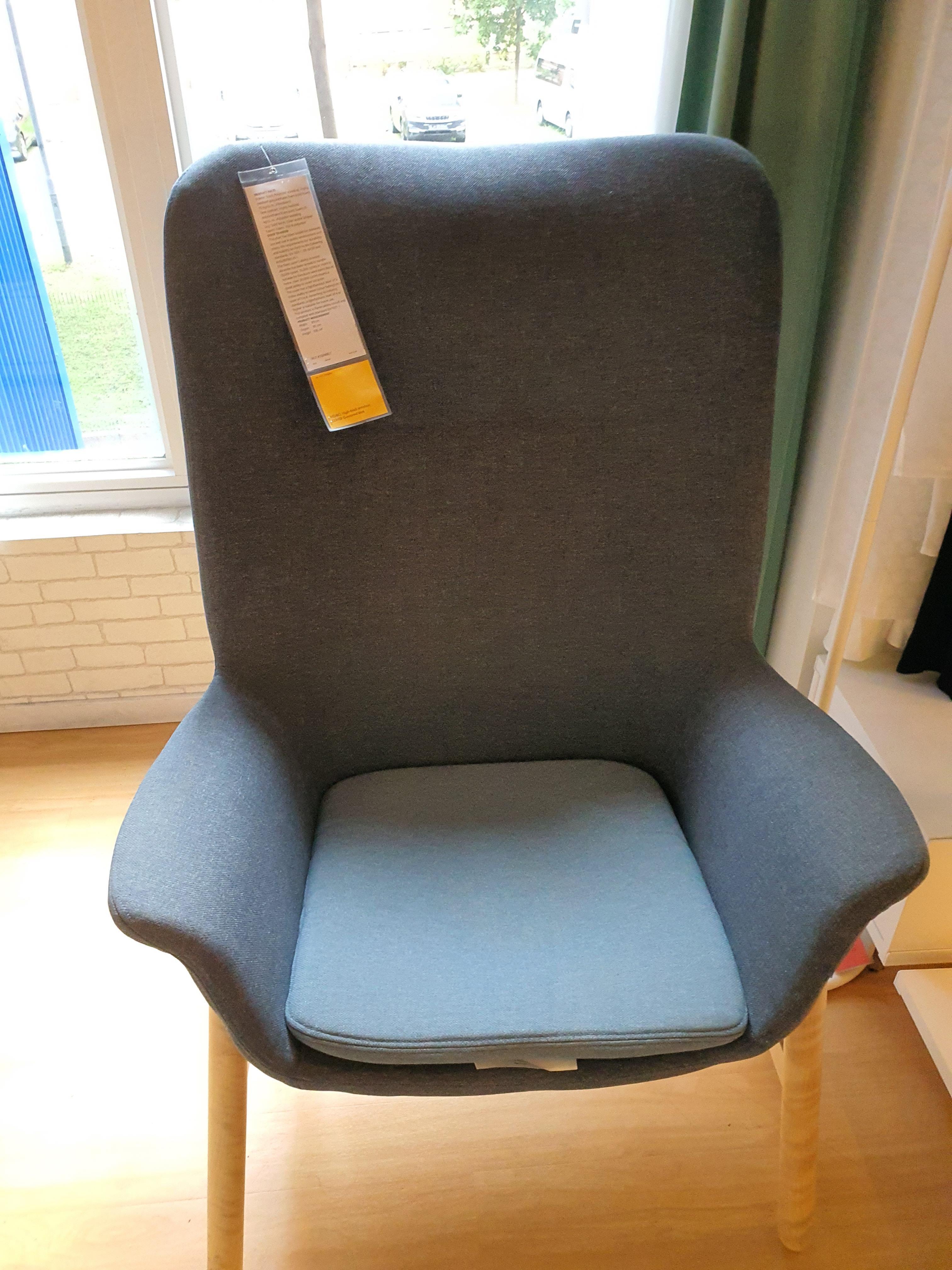
K4JDen
暂无个人介绍
IP属地:未知
51关注
7粉丝
1主题
0勋章
like
抱歉,原内容已删除
please like
Wall Street's subdued finish fails to detract from strong August
like
Apple Inc.: Jobs' Era Vs. Cook's Era
the market is bearish
S&P 500 Hitting 10 Records in August Emboldens Defensive Traders
nice
抱歉,原内容已删除
up
@K4JDen:$Dare Bioscience(DARE)$up up
hopefully can travel again soon
抱歉,原内容已删除
hopefully can travel again very soon
抱歉,原内容已删除
$Exela Technologies, Inc.(XELA)$go go go
$Cinedigm(CIDM)$up up
$Cinedigm(CIDM)$up up
up up
like and comment
抱歉,原内容已删除
like
7 Stocks To Watch For July 27, 2021
$Cinedigm(CIDM)$will it go uptrend this week
nice
抱歉,原内容已删除
like and comment
Some meme stocks rose in premarket trading
去老虎APP查看更多动态